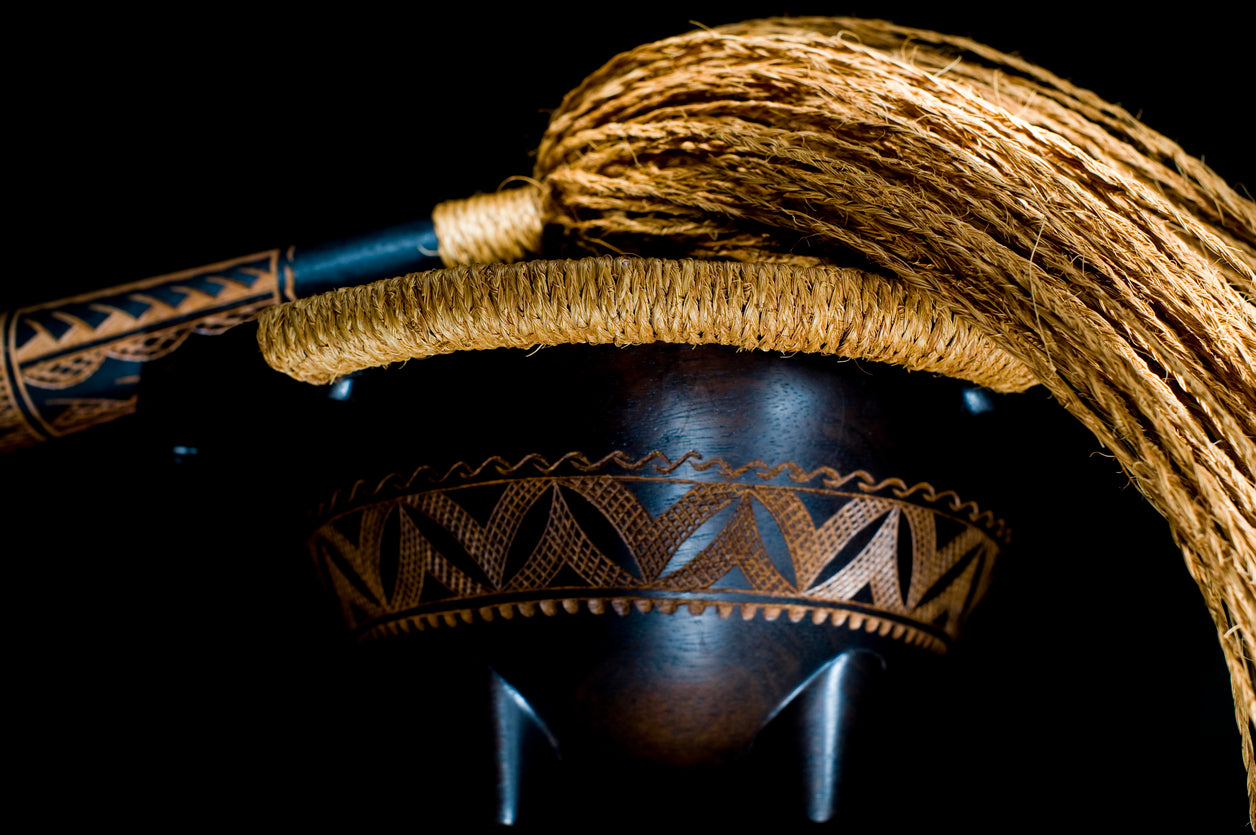
Samoa is a group of islands in the South Pacific. Kava is called “ava” in the their culture, which varies from other islands in the Pacific Islands. Kava has immense importance in Samoan culture and is consumed at most celebrations.
It is also consumed by leaders of the communities. In more recent times the effects of kava can be experienced by all villagers, but historically kava was reserved for a select few. For example, centuries ago, specific leaders would reserve kava for welcoming dignitaries, royalty and others of significant importance.
It would have been considered a great honor to be asked to attend a kava ceremony. Drinking kava in Samoan culture has spiritual meaning. The compounds within kava allow participants to feel calm and relaxed while also having a clear mind.
This may be one reason the people of Samoa are often called “the happy people”.
Below the Fa’a Samoa, or the Samoan way, and its use of kava is discussed in more detail.
Drinking Kava in Samoa
The kava used in Samoan culture and celebrations is of the greatest quality. Kava is extracted from the root of the piper methysticum plant that is found throughout the island.
Drinking kava in Samoa usually precedes and important event or celebration. It is often accompanied by chants and dancing among those at the event. These ceremonies can be to celebrate and welcome a visiting tribe, or for a wedding or even a funeral.
The tools used in processing and drinking kava are just as important in the culture as kava itself.
Each attendee will drink kava, typically using a coconut shell to scoop their kava from a Samoan Tanoa.
What is a Samoan Tanoa?
The kava drinking bowl is just as old as the Samoan culture. It dates to Samoan beginnings. A tanoa fai’ava means a kava drinking bowl. In its earliest creation, the tanoa had legs holding up a rimmed bowl. This bowl is where the kava roots were mixed with water to create the kava tea.
The bowl traditionally was made from a variety of hardwoods. In the earlier years, the bowls had only four legs with a straighter bowl that has its edges pointing upward. The bowl can vary in size from twelve to thirty inches.
They are not that deep, however. Usually they are only a few inches deep, and no more than six inches.
In more recent years, the Samoans have added more legs to the bowl.
Some reports say they did this for the purpose of selling them to tourists. At the time, tourists were supposedly charged by the number of legs. The addition of legs meant the shape of the bowl had to change also. It eventually became narrower and could hold more ava.
The bowls used by natives were often very plain, while the ones made for tourists were colorful and ornate.
What is a Samoan Fu’e?
Fly whisks, or fu’e, are used by chiefs and help to show their leadership. Fu’e are often made from coconut fibers or horse hair. They are braided and connected to a wooden handle.
Most high-ranking chiefs would hold the fu’e when they were speaking to the community. Throughout history hand held objects have been associated with authority.
Etiquette and Order


A taupou, usually a female and in the ancient times, a virgin female, will prepare the kava for the villagers to drink. Behind the taupou is sometimes a male guardian called the manaia.
Ceremonies in Samoan culture start with welcoming words and the mixing of kava tea. The chief of the village is usually the host. Once the ceremony has begun, you are not allowed to speak out or move around. Showing respect to their traditions is expected.
An order is often followed in Samoa when drinking kava. Each person may have their own seat during an ava ceremony. For instance, talking chiefs sit in the front and hosts and guests to the sides. The ava mixer sits in the back with the tanoa and fu’e.
The sui’ava is the person who adds the water to the mixing bowl and sits to the right of the mixer. The Tufau sits behind the mixer and catches the strainer. He or she then shakes out any loose fibers and tosses the strainer back to the mixer.
The first person to receive kava is the chief leader of the visiting tribe, followed by the chief of the host tribe. The leading orators of each tribe are then served, with the visiting orator drinking kava before the host orator.
A kava divider will then call out names of guests to drink kava next. A kava distributor will take the kava to each person who is called.
Opening and Closing Words
The chief orator will welcome everyone and in the beginning, will call out “Ia Minuia”, meaning be happy. He may also include other opening statements, welcoming everyone. He will then take a drink and throw the rest of the kava over his shoulder.
The audience then says back, “Soifua”, meaning may you live. The audience also claps their hands in a slow, loud manner.
After everyone has been served, the orator will announce if there is more kava available to drink. Once all the kava has been consumed, a feast is served and enjoyed by all.
The Samoan kava culture has changed over the years, but not nearly as much as other, more modernized, islands. Keeping the culture true to its origins is important for the inhabitants.
If you are interested in trying kava but can’t take a trip to Samoa or the South Pacific, you can still enjoy the relaxing drink in a variety of ways. Kava can be purchased through alternative stores and online kava certified shops.
You can also visit a nearby kava bar. Kava bars are popping up all over the world, even in the South Pacific Islands. At a kava bar, you can ensure you are getting the proper amount of kava with each order.
Kava may be steeped in Samoan cultural traditions. Those traditions can be observed even in these modern times. Respect the tools, like tanoa and fu’e, used to create kava. Understand the importance of etiquette followed by Samoans. But also enjoy drinking kava tea.
